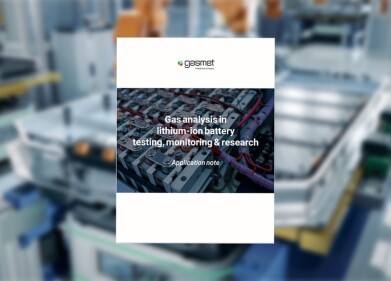Health & Safety
Are the New Real-World Emissions Tests Really a Step in the Right Direction?
May 30 2016
Ministers have claimed that the EU’s new “real-world” testing conditions will put the automotive industry back “on the right path” in terms of emissions. However, critics of the scheme have claimed that it is far too lax on car manufacturers, contains loopholes which can be exploited and is at the mercy of unscrupulous dealers.
The new tests have been brought in in response to the Volkswagen scandal, in which the German manufacturer installed “cheat” devices on its vehicles to allow the car to recognise test conditions and alter its emissions accordingly.
However, last year the EU announced that it would give manufacturers until 2021 to comply completely with the new legislation, effectively allowing them a further four and a half years in which they can surpass legal limits of nitrogen oxides (NOx) by 50%.
Lobbying from Automotive Industry Results in Weakened Legislation
The motor industry initially objected to the new emissions regulations, claiming that they needed time to adjust to the more stringent test conditions being put in place. An unpublished report, which the Guardian claims to have seen, estimated that 30% of all current diesel vehicles would be forced off the road by 2018 if the regulations were allowed to come into force unchecked.
In response, the European commission announced the inclusion of “conformity factors”, which would allow vehicles to outstrip legal limits for NOx by 50% until 2021 in real world conditions. The Society of Motor Manufacturers and Traders (SMMT) has argued that the relaxation of the legislation is justified.
“Conformity factors do not mean a relaxation of Euro 6 limits, which cars will still have to meet in the lab. It reflects the many and often extreme variations of real-world driving conditions,” claimed Mike Hawes, chief executive of the SMMT. “Given the severity of this new test and the newness of the technology required to measure these small levels of pollutants, the commission has also allowed a margin for error within the functioning of the test equipment.”
Outcry Against the “Conformity Factors”
With diesel thought to be the cause of a quarter of all pollution-related deaths, it’s no surprise that environmental lobbyists are up in arms about the new testing regime.
“These standards came in in 2010 [but were enforced by laboratory tests]. Finally when it’s been recognised by governments and the EU, the industry has been given another four and a half years before it really needs to comply. In my mind, that’s too long,” complained Professor Frank Kelly of King’s College Environmental Research Group. “There’s just so many diesel vehicles on the road - that includes private cars, taxis and buses - so we need further restrictions below what we are even aiming for, which has been delayed by 10 years.”
Measures have been taken across Europe to try and curb harmful levels of diesel pollution, including mobile monitoring stations specifically designed to assess diesel emissions. However, frustrated campaigners are worried that the current testing systems are not enough – and that carmakers are being given too easy a ride at the expense of the lungs of the average city dweller.
Digital Edition
IET 34.2 March 2024
April 2024
Gas Detection - Biogas batch fermentation system for laboratory use with automatic gas analysis in real time Water/Wastewater - Upcycling sensors for sustainable nature management - Prist...
View all digital editions
Events
Apr 22 2024 Hannover, Germany
Apr 22 2024 Marrakech, Morroco
Apr 23 2024 Kuala Lumpur, Malaysia
Apr 23 2024 Kintex, South Korea
Apr 23 2024 Edmonton, AB, Canada


















